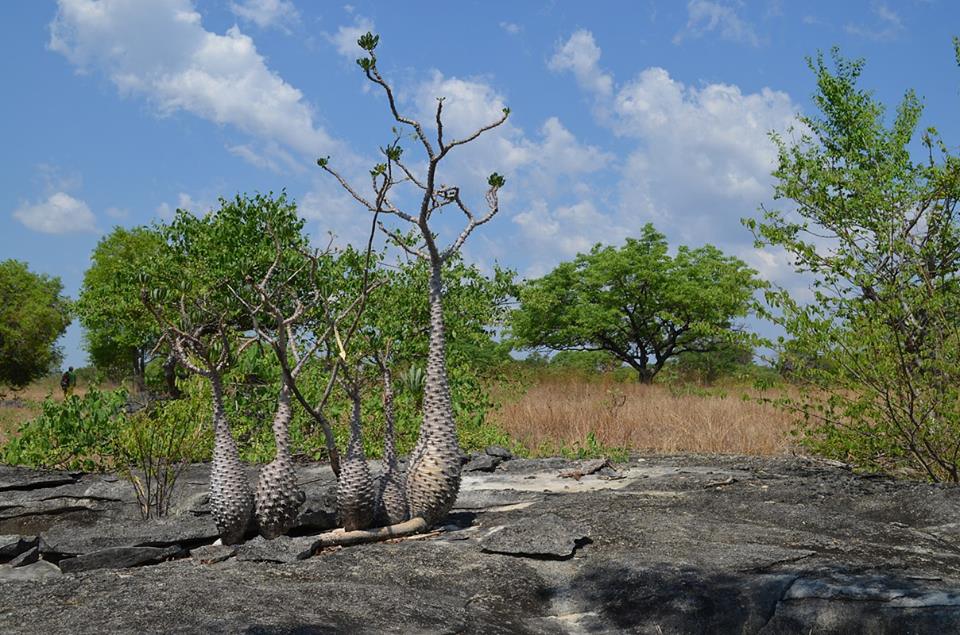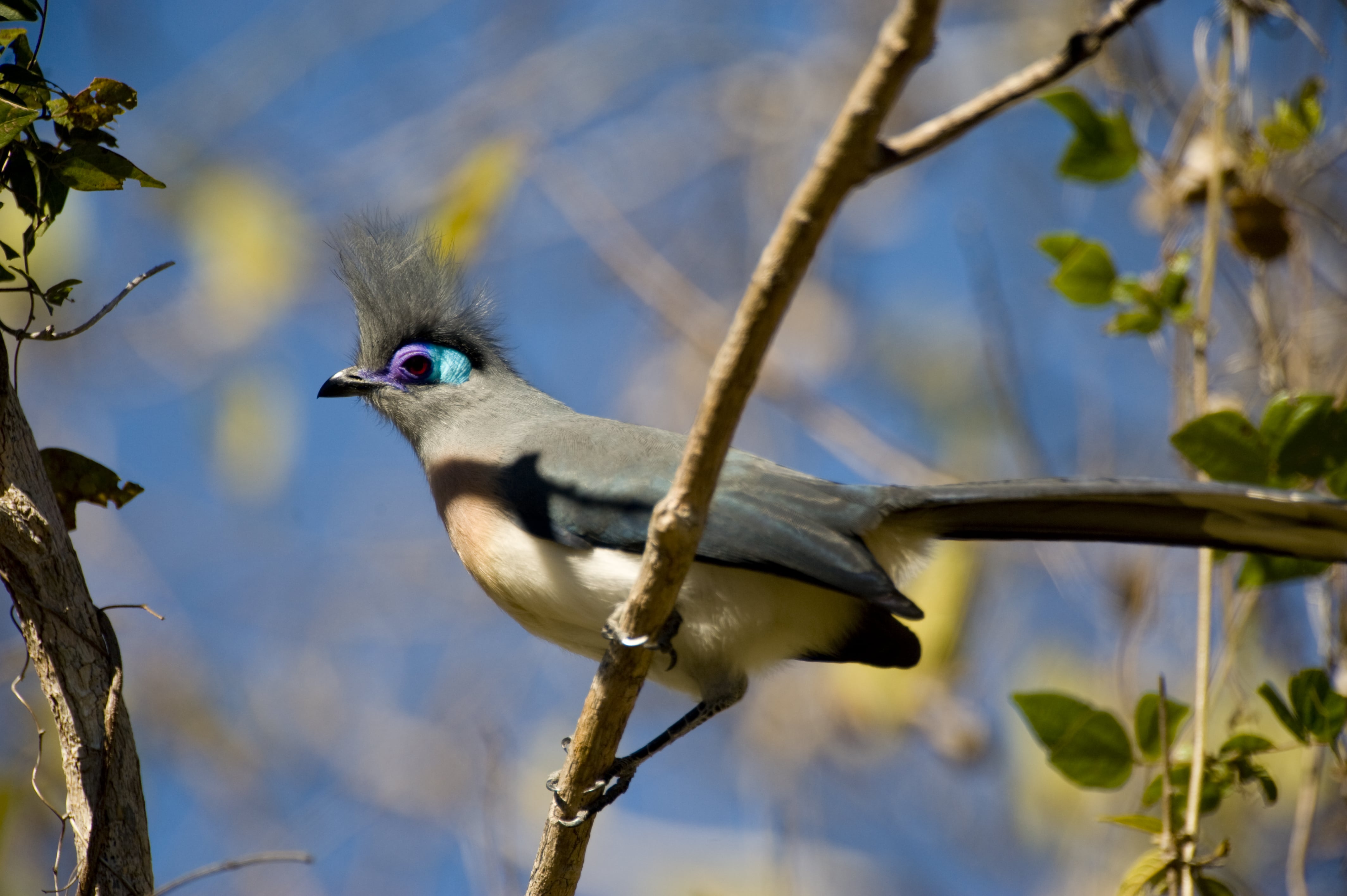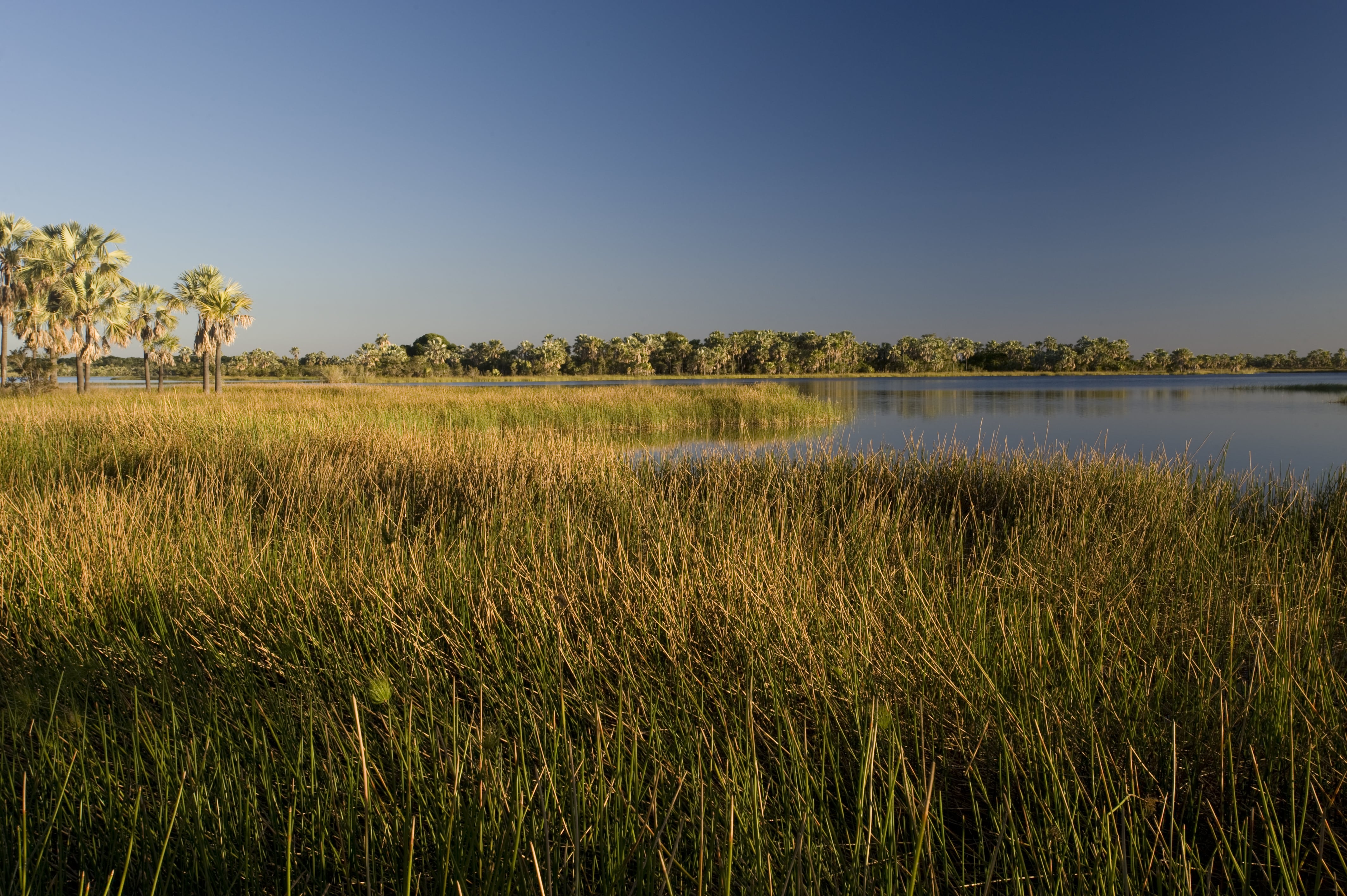
Baie de Baly
On the plan
VISIT US
Depending on your means of transport :
- Ground Transportation
None
- Maritime transport
First by motorboat/coque from Mahajanga to the village of Katsepy (approx. 1h journey), then by 4x4 car from this village to the town of Soalala (approx. 7h journey in dry season), where there is the Madagascar National Parks reception office.
- Air transport
By plane direct from Mahajanga to Soalala then take the pyrogue, or speedboat
Ideal period
The ideal time to visit Baly Bay National Park is the dry season from May to November.
Available activities
- Hiking,
- Possibility of camping in the wild on the “Beaboaly” and ‘Bemosary’ tours; and in the village of Betanomby on the “Lac Sariaka” tour.
- Wildlife watching,
- Visits always guided by local village
Hospitality infrastructures
Availability of local cooks in Betanomby and Baly.
But for other infrastructures:
- Camping areas,
- Signposts,
- Catering areas,
- Checkpoints, ....
- Site survey missions will be planned for this year 2025.
Fees and charges
Download the reference document to find out more about park fees and charges.
Equipment Advice
- We recommend that you wear suitable footwear and light clothing, as well as mosquito repellent and/or insect repellent.
- All ecotourism visitors must be accompanied by Park Agents from Madagascar National Parks or local villagers.
The circuits
| Tours | Summary | Difficulty | Duration | Tour plans |
|---|---|---|---|---|
| Beaboaly tour | A 3h tour, crossing the sea by motorboat or pyrogue from Soalala, then on foot into the forest to see lemurs, Angonoka, reptiles such as chameleons, snakes, ... and forest birds such as coua cristata, coua coquereli i, Lophothibis cristata, pink flamingo... | 3h | ||
| Bemosary tour | A 6-hour circuit along the beach and into the forest to see day lemurs, chameleons (Furcifer oustaliti, Furcifer labordi), snakes (Acrantophis madagascarensis) and forest birds (coua cristata, coua coquereli, Lophothibis cristata). | 6h | ||
| Lac sariaka | Duration approx. 4 hrs. Panoramic view of the park's biodiversity, observation of aquatic birds: Haliaeetus vociferoides (Fish eagle, Ankoay), Mycteria ibis, Dendrocygna viduata Anhinga rufa. | 4h |








